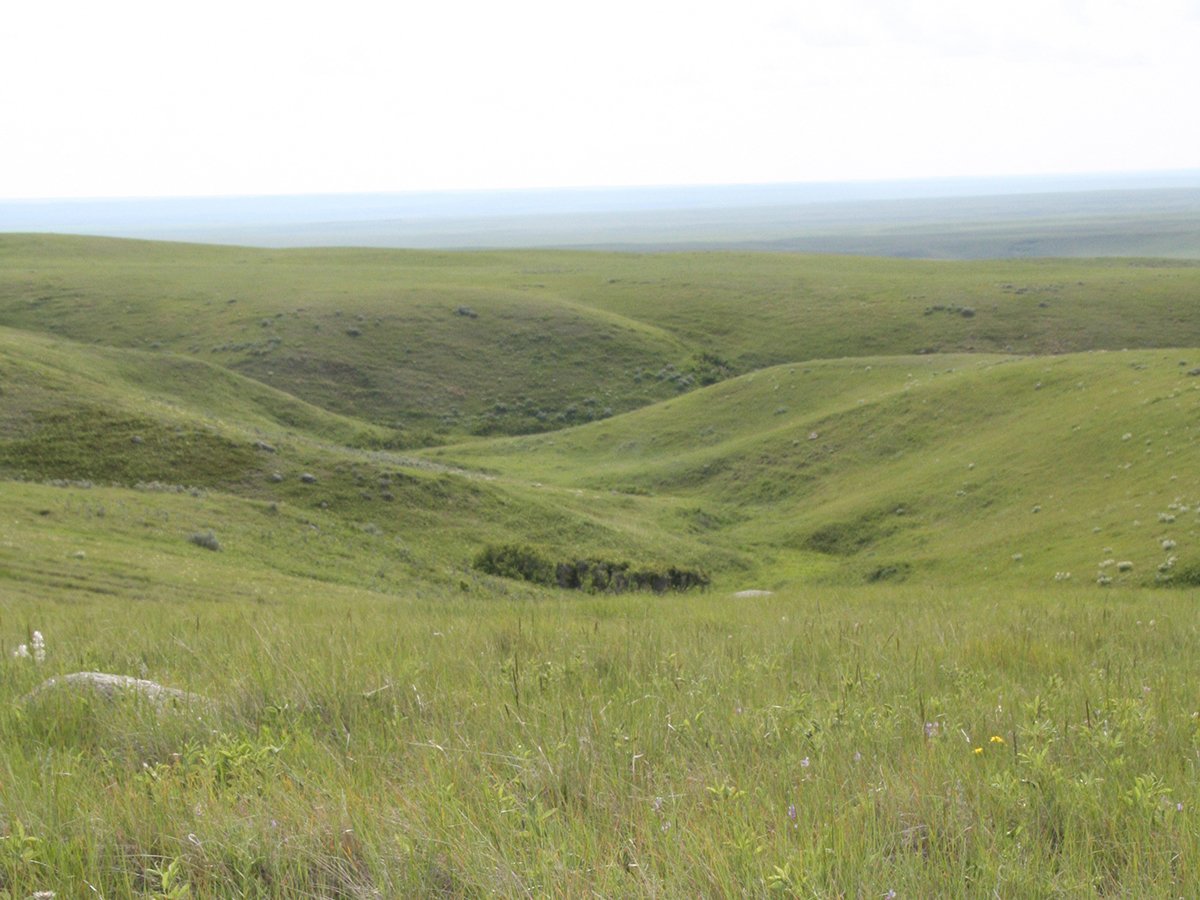This year’s drought has forced many cattle producers to become better
water managers.
For starters, producers who are scrambling to find feed for their
cattle this winter should remember that their animals’ water needs will
vary depending on the type of feed they eat.
Dry diets will require animals to drink more, while silage with high
levels of moisture may influence them to drink less.
Daily consumption is also determined by factors such as the animal’s
Read Also

Alberta irrigation project on grasslands approved
Environmental concerns raised by Alberta conservation groups over irrigation expansion project within rural municipality
size and type.
A single cow can drink between five and 17 gallons a day, depending on
feed moisture levels, outside temperature and whether it is pregnant or
lactating.
“In the winter, the standard is 15 gallons per day per cow,” said Mark
McNaughton, forage and beef specialist with Alberta Agriculture.
Lactating cows required 0.86 kilograms of water for each kg of milk
produced. Water intake during the final stages of pregnancy may
increase by 30 to 50 percent.
More palatable water or greater mineral intake increases the amount
consumed.
Animals that have to travel too far drink less.
They need adequate room at the water trough. Total water trough space
should allow five to10 percent of the herd to drink at one time to
reduce crowding.
Livestock should have a supply of water equal to the time between
checking intervals. If animals are checked every three to four days,
there should be three to four days of water reserves available.
Most producers already have their winter water supplies in place with
new, deeper wells and hauling systems. Many are also praying for a good
snowfall to supplement water needs.
“Their whole diet can be snow,” McNaughton said.
Light fluffy snow is better than hard crusted banks. However, fluffy
snow contains less water.
About 25 to 30 centimetres of snow are required to provide 2.5 cm of
water. It also requires more energy for the animal to eat snow, but
research from the University of Alberta shows cattle suffer no
detrimental effects.
Water hauling became prevalent this summer when people turned cattle
onto grain or hay fields that failed in the drought.
“Hauling water for some has become a major part of their work day,”
McNaughton said.
Others were hauling to preserve water quality. Drought exacerbates
problems such as blue-green algae growth and increased salinity in
surface water.
Higher salt concentrations were noted in surface water supplies due to
evaporation. Salt in the soil and nearby wetlands may have seeped into
sloughs and dugouts. The water may be unpalatable and the stock might
refuse to drink it.
Livestock can adapt to a degree over time, but abrupt changes may be
harmful. Animals may avoid the water for several days and then drink a
high amount, leading to illness or death.
Alkalinity can cause digestive upset.
More problems were also reported with toxic blue-green algae this year.
The algae thrive on nitrogen and phosphorous found in the water.
Aerating water supplies adds oxygen and helps prevent overgrowth of
algae. Chemical treatments are also available.

















